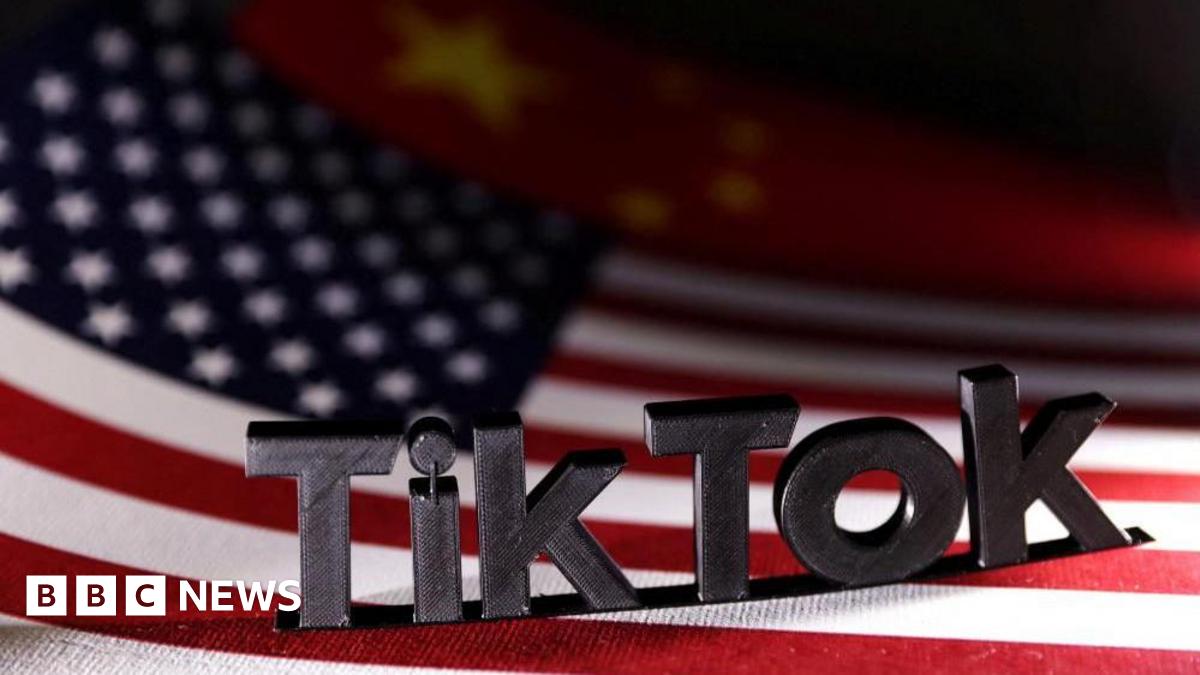US public pension plans that manage hundreds of billions of dollars of assets are increasingly turning to risky leverage strategies as burgeoning private market holdings create cash flow strains.
At least eight very large US public pension funds are using borrowed cash or other leverage strategies, now that the board of Calstrs, one of the largest US retirement funds, this month voted to allow the fund to borrow as much as $30bn, or 10 per cent of its portfolio.
The strategy has risen in prominence as these giant funds have tied up a larger and larger share of their assets in illiquid investments such as private equity, infrastructure and real estate. Using borrowed money and derivatives can help boost returns, rebalance portfolios and give the funds access to cash without having to resort to fire sales of illiquid assets during times of market stress.
But use of leverage can backfire, as it did during the 2022 gilt markets crisis, when forced selling by UK pension funds led to an emergency intervention by the Bank of England. Global regulators have recently stepped up scrutiny of the practice as well as broader systemic risks posed by nonbank financial institutions.
“If you are borrowing money to help avoid fire sales then this is a risky strategy because the money still needs to be paid back,” said Alasdair Macdonald, head of investment strategy with WTW, a global professional services firm.
“There is still a risk that assets will have to be sold at low prices, to repay the borrowing, locking in losses.”
California’s Calpers as well as state funds in Wisconsin and Texas are among the large funds already using leverage as part of their strategies. Virginia Retirement System said they are adding the tactic in the near future. The eight US funds known to have embraced leverage together manage $1.5tn.
Many large pension funds currently have more money allocated to private equity than their targets, in part because a slowdown in deals and new listings mean that funds are not returning money as quickly to their investors. That makes it harder to rebalance and increases the risk of missing the chance to snap up bargains if they do not have cash on hand.
The growing reliance on illiquid assets has also introduced new challenges in terms of cash flow for defined benefit style funds, such as Calstrs and others public retirement systems, which must pay regular benefits to millions of retirees.
Calstrs, formally the California State Teachers’ Retirement System, has for six years in a row put more money into private equity than it has received back, according to filings. Its exposure to private equity has grown to 16.5 per cent of its portfolio, at the very edge of Calstrs’ targets.
“Pension funds use leverage to manage cash flow and manage portfolios more efficiently,” said James Lewis, chief investment officer at the UK arm of Mercer, which advises pension funds.
“For example, futures can be put in place whilst an equity portfolio is being built, with the futures position unwound afterwards. The advantages of this are the avoidance of cash drag and swifter implementation. In most cases the main disadvantages are increased complexity and a need for robust operational controls.”
Steven Foresti, a senior adviser at Wilshire, an investment adviser that works with public pension funds, said some industry players were “a little bit early on that journey” to understand the risks of using leverage.
“I don’t think you can kind of pick a level of knowledge (about taking leverage) and say that applies to the industry writ large,” he said.
Calstrs has historically used some leverage within certain strategies, such as derivatives trading, but the proposal approved by the Teachers’ Retirement Board investment committee will enable the giant fund to borrow up to 10 per cent of the total portfolio.
“We are not looking to immediately borrow capital, but this an investment tool to utilise, particularly during market disruptions,” Scott Chan, deputy chief investment officer, told an investment committee meeting.
“We have 42-43 per cent [of the portfolio] in private markets and alternative assets. We need the flexibility to rebalance that, particularly with cash flow issues [we face],” he said. “We are not paving new ground in the industry”.
Calpers, the largest pension plan in the US with $452bn in assets, had total fund leverage of 8 per cent as of June 2023, which included what the fund described as “active” and “strategic” leverage.
The $106bn Virginia Retirement System told the Financial Times it planned to increase its leverage level from zero to 1 per cent in the “near-term future” and expected the ratio to reach as high as 3 per cent of its portfolio.
VRS said the use of leverage was part of its “long-term strategic asset allocation, which seeks to maximise return while balancing risk”. Virginia has almost half of its portfolio in private markets, including a 33 per cent stake in private equity, according to 2023 data.
The State of Wisconsin Investment Board said current target leverage approved at its December 2023 board meeting is 12 per cent.
The Texas Retirement System incorporated leverage within its individual asset allocations in 2019 to improve the “risk return profile” of the fund. By 2022, TRS said the use of leverage had added 0.63 per cent to returns over the previous three years — or more than $1bn.
Calstrs has acknowledged that its leverage move was not without risk but believes allowing up to 10 per cent leverage, “poses minimal risk to funding over time”. The fund intends to implement tighter monitoring and governance around leverage use.
“I want the members to know we guard their money jealousy,” said William Prezant, chair of Calstrs’ investment committee.
Credit: Source link











